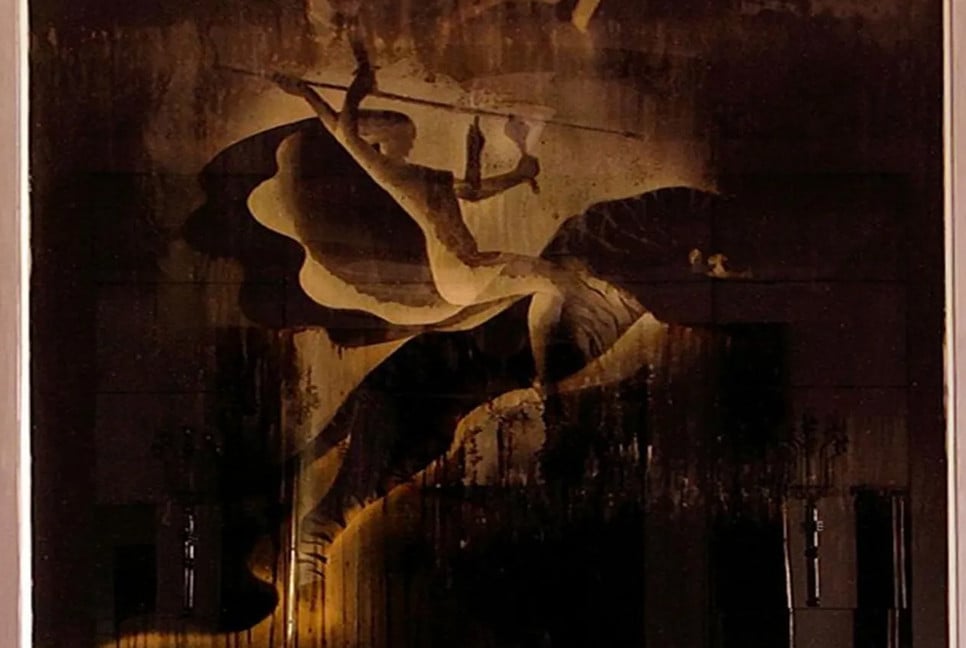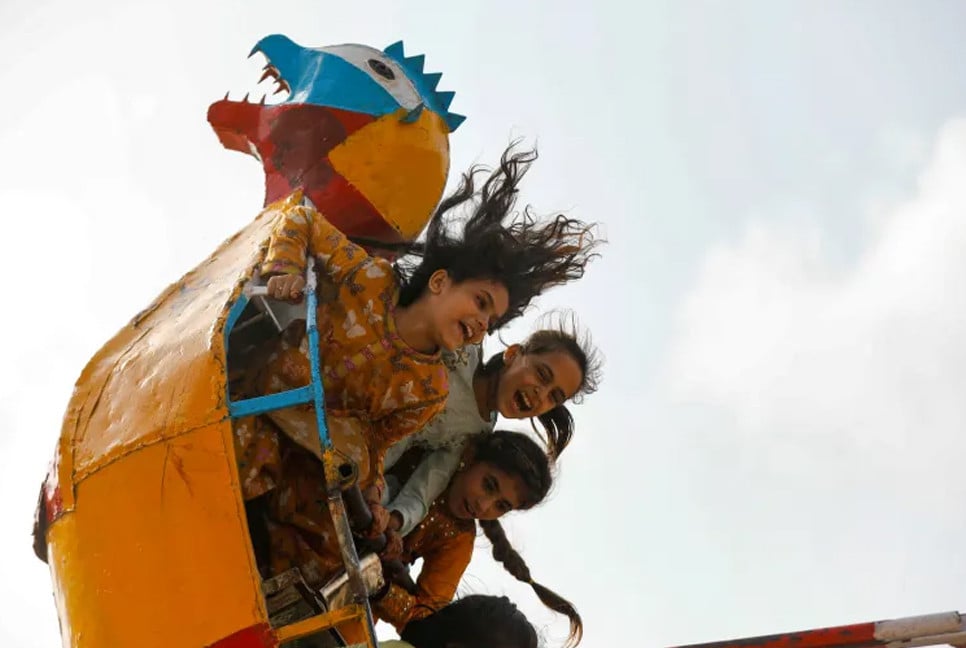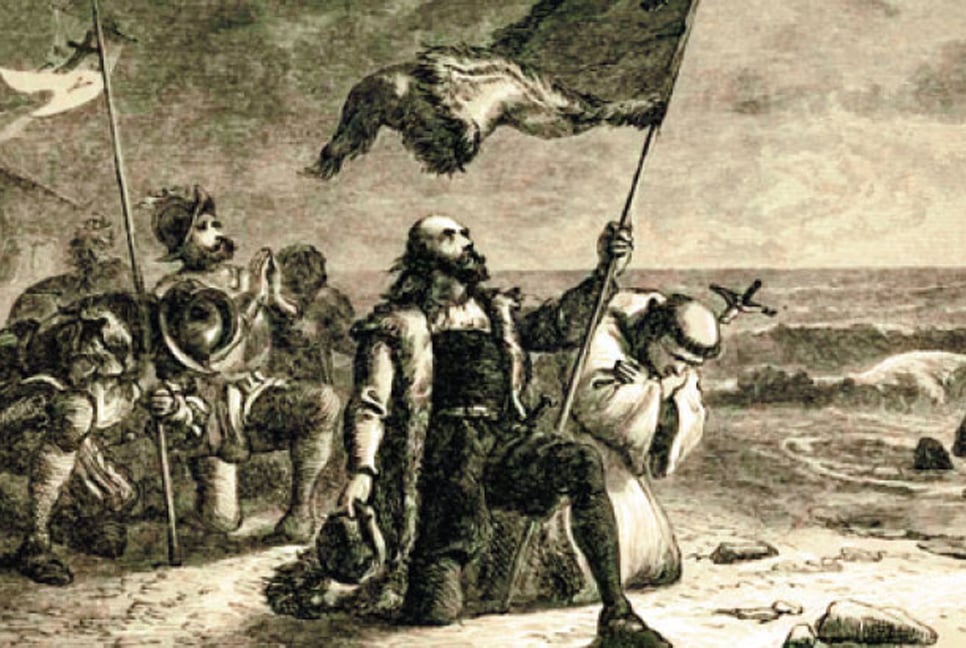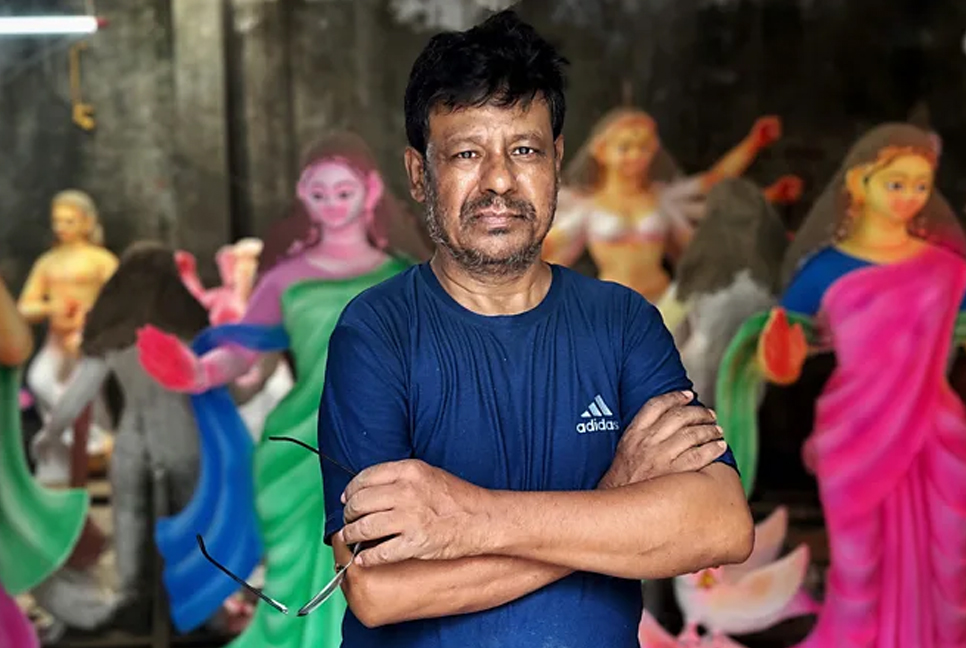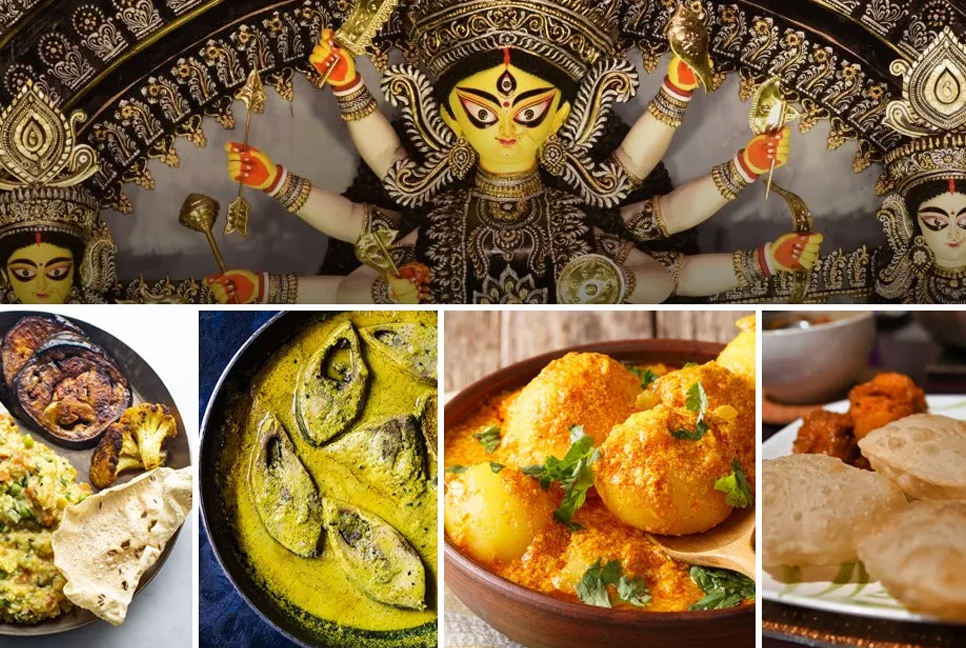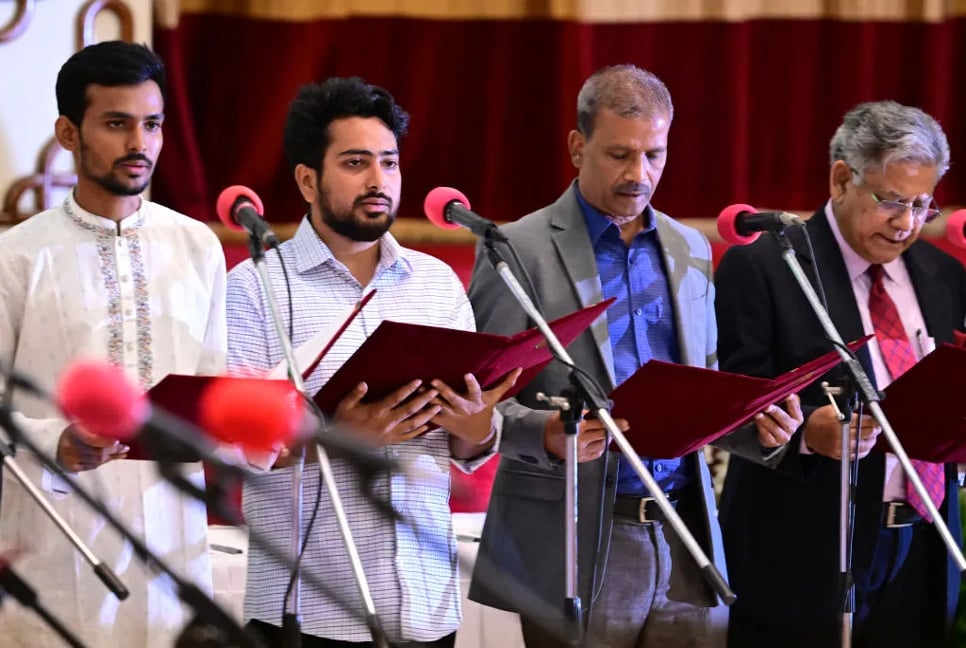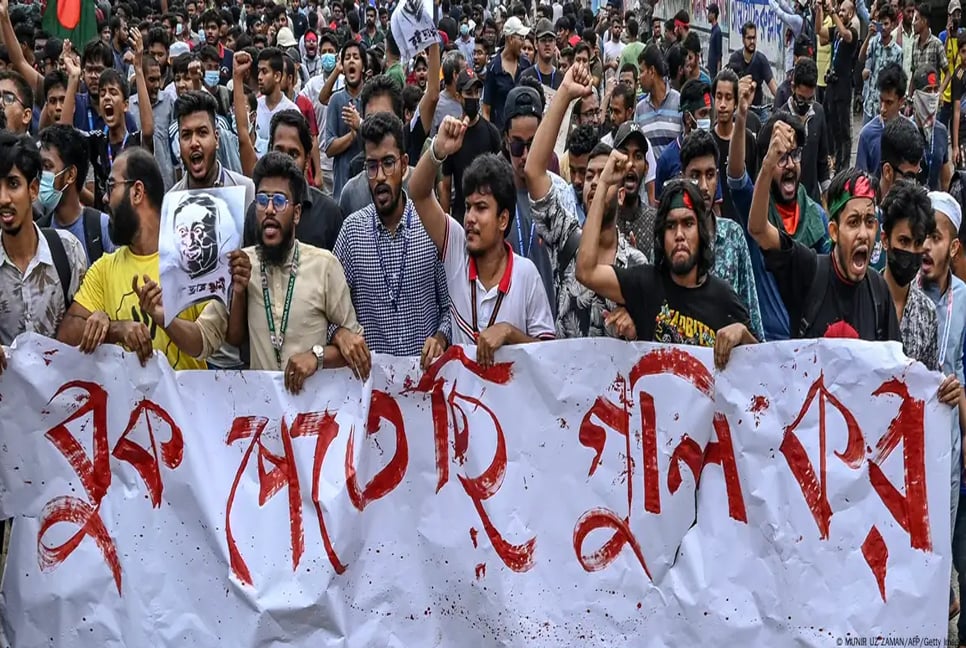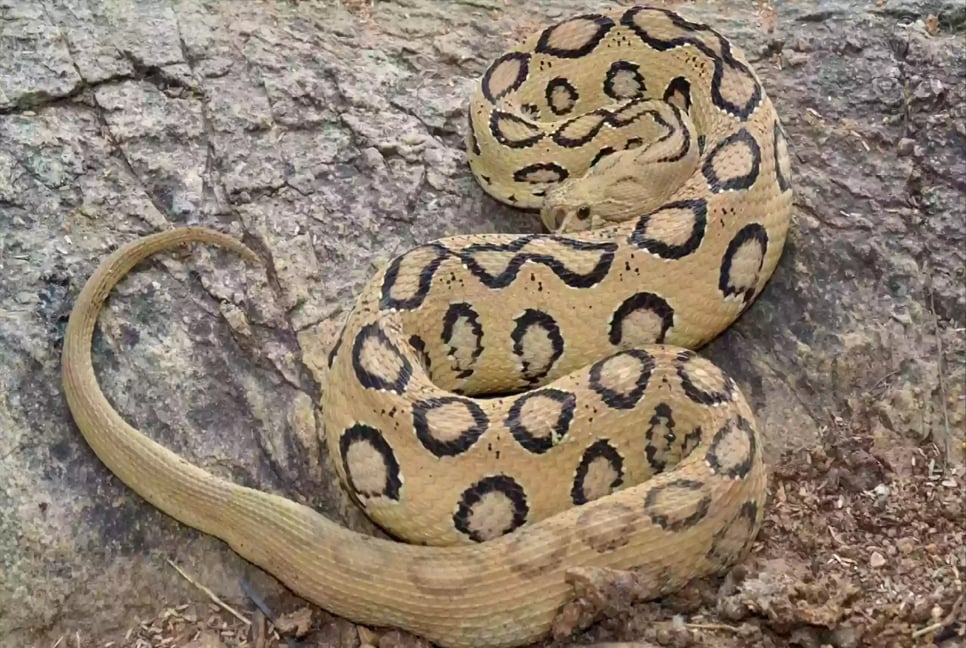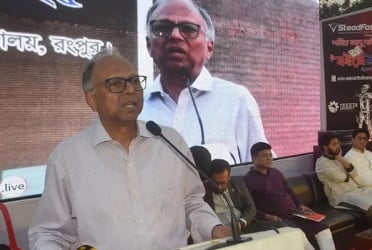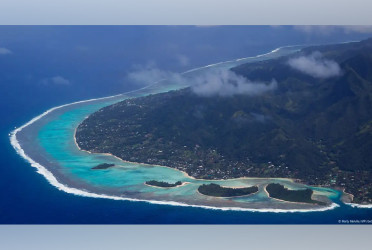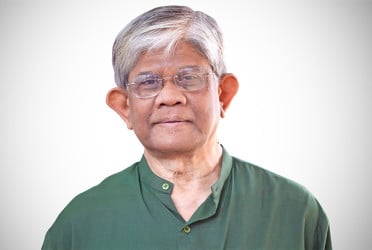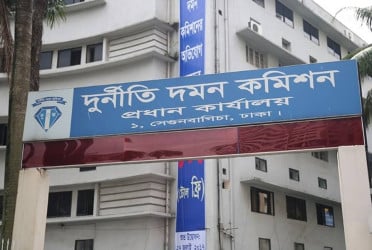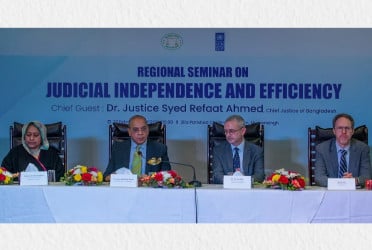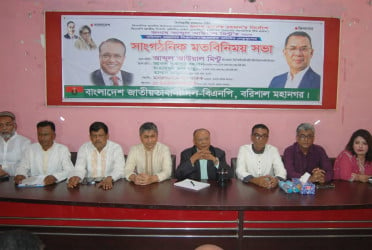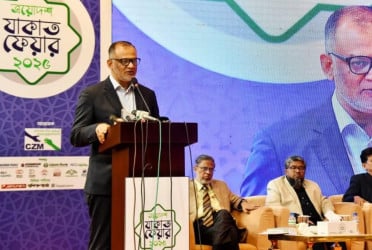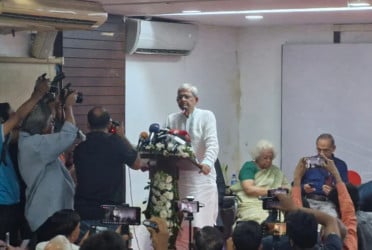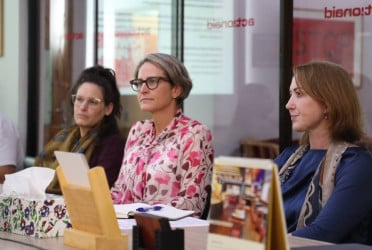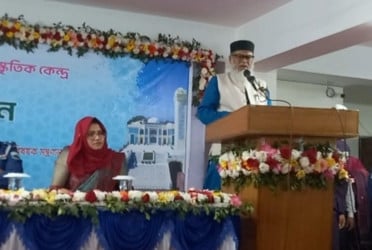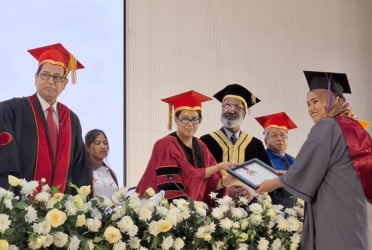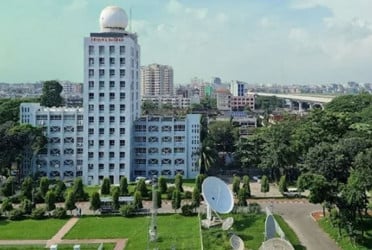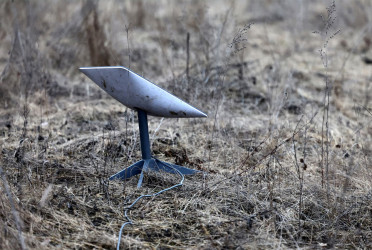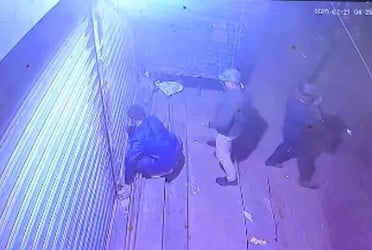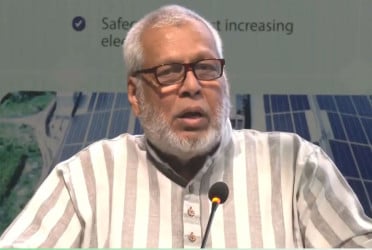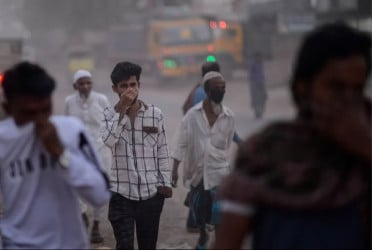In the year 1939, as German tanks and soldiers invaded Poland, a famous Polish artist and his film-star wife pawned off their jewellery and fled the country.
Stefan Norblin and Lena left behind their dream home, which they were in the process of building, and their entire artistic legacy in exchange for safety.
The couple aimed to seek refuge in America and travelled across Romania, Turkey and Iraq, finally arriving in colonial India, where they spent six years.
Their lengthy stopover resulted in the unlikely collaboration between the artist and Indian maharajas (rulers), and gave India some of its finest artworks that blend Western aesthetics with Indian iconography.
Between 1941 and 1946, several Indian kings commissioned Norblin to decorate their palaces with paintings, and even design their interiors in the art deco style - a modernist style that celebrates innovation and technology.
Norblin rose to the occasion by painting beautiful murals of Hindu gods, entire scenes from Hindu epics Mahabharata and Ramayana and even the country's famed tigers, leopards and elephants in his characteristic blended style.
His paintings can be found in the Umaid Bhawan Palace in Rajasthan state - the home of the ruler of the erstwhile princely state of Jodhpur, which has now been converted into a luxury hotel - as well as the palace of the rulers of Morbi in Gujarat state.
He also painted portraits for the Maharaja of Ramgarh in Bihar state, but these artworks have been lost to time, says Claus-Ullrich Simon, an expert on Norblin, in Chitraanjali - a documentary which chronicles the artist's works in India.
His murals are grand and vibrant, infused with a sense of movement and emotion. They depict recognisable characteristics of the art deco style, like minimalist, elongated human figures, geometric shapes and bold colours; but they are fused with innovative interpretations of traditional Indian imagery, including the features and postures of Hindu gods.
Norblin was born in 1892 in Warsaw into a wealthy family of industrialists. His father wanted him to become a businessman and sent him to study commerce in Antwerp, Belgium. But Norblin's interests lay in painting, a gene he probably inherited from his great-uncle who was a descendant of a famous French painter.
So, a young Norblin quit his studies and set off for Europe, where he visited numerous galleries and made illustrations for magazines in Belgium, France and England, writes Agnieszka Kasprzak in the article The Unplanned Return of Stefan Norblin.
He later returned to Warsaw and took up work as a graphic artist, stage designer and book illustrator and gradually developed a fan-following among the social elite. Norblin was best known for his portraits.
He met and married Lena, his second wife, in 1933 and the influential couple lived a comfortable life in Warsaw. But World War Two uprooted them from their homeland and transported them to the shores of far-away India.
The couple first arrived in Bombay (now Mumbai) in British India, and was greeted by a confluence of cultures, religions and languages, says architect Rahul Mehrotra in Chitraanjali. Here, the couple set up home and Norblin began exhibiting his work in top galleries, attracting the attention of rich patrons.
In the 1930s and 40s, the art deco style was a huge trend in Europe, but it had not yet permeated the architectural landscape of India. But the sons of many of India's maharajas were exposed to the style when they travelled abroad to study.
And so, when Maharaja Mahendrasinhji's son was building a new palace in Morvi (now Morbi) - which he christened The New Palace - he wanted it designed and furnished in the art deco style.
He tasked Norblin with beautifying the interiors of the place with his paintings. The artist made massive murals depicting hunting scenes, Hindu god Shiva lost in prayer, portraits of the ruler's ancestors and imagery that captured the flora and fauna of the area. His human figures have a mix of dark and light complexions and a mystical, nymph-like quality.
The artist's next big commission came from Umaid Singh, who invited Norblin to decorate and design the interiors of the royal residence in Jodhpur. The request was perhaps the result of a shipping accident, which destroyed the furniture the maharaja had ordered from London, Kasprzak writes in her paper, Polish Artist at the Service of Maharajas.
One can see some of Norblin's finest work in the sprawling Umaid Bhawan Palace. Most captivating are his murals of the goddess Durga, who is often depicted riding a lion and slaying a demon. The goddess is also depicted having many hands, each carrying a lethal weapon.
In one of Norblin's paintings of Durga, the goddess looks almost like an Egyptian princess; in another, strokes of black paint give shape to the goddess, making her look almost like a shadow streaking across the wall.
In one of the rooms called The Oriental Room, Norblin has painted a series of six murals depicting important scenes from the Ramayana, including goddess Sita's abduction by the demon king Ravana and her walking into the fire to prove her chastity to her husband, Lord Ram. Norblin has also designed entire rooms in the palace, including the king's and queen's suites, the sitting room and dining areas.
Over time, several of Norblin's paintings were damaged due to a lack of care, heat and humidity, but they have now been restored by the Polish government. His works have been exhibited in Poland and India, but they remain unknown to many. That's probably because the artist didn't enjoy the same amount of success after he left India for America.
The artistic community in San Francisco, where the family set up home, was not as welcoming of the Polish artist. He received few commissions and after a while, he stopped painting as his eyesight began to falter due to glaucoma. His wife, once a famous actress, took up work as a manicurist in a beauty salon to support them.
The family struggled to make ends meet and Norblin slipped into depression. In 1952, the artist took his own life, not wanting to become a burden on his family. With his death, the legacy of his paintings in India slipped into oblivion, until they were re-discovered by Claus-Ullrich Simon in the 1980s.
Since then, a lot has been done to bring the artist's work back into the spotlight, but a lot more remains to be done.
(Source: BBC)
Bd-Pratidin English/ Afsar Munna

